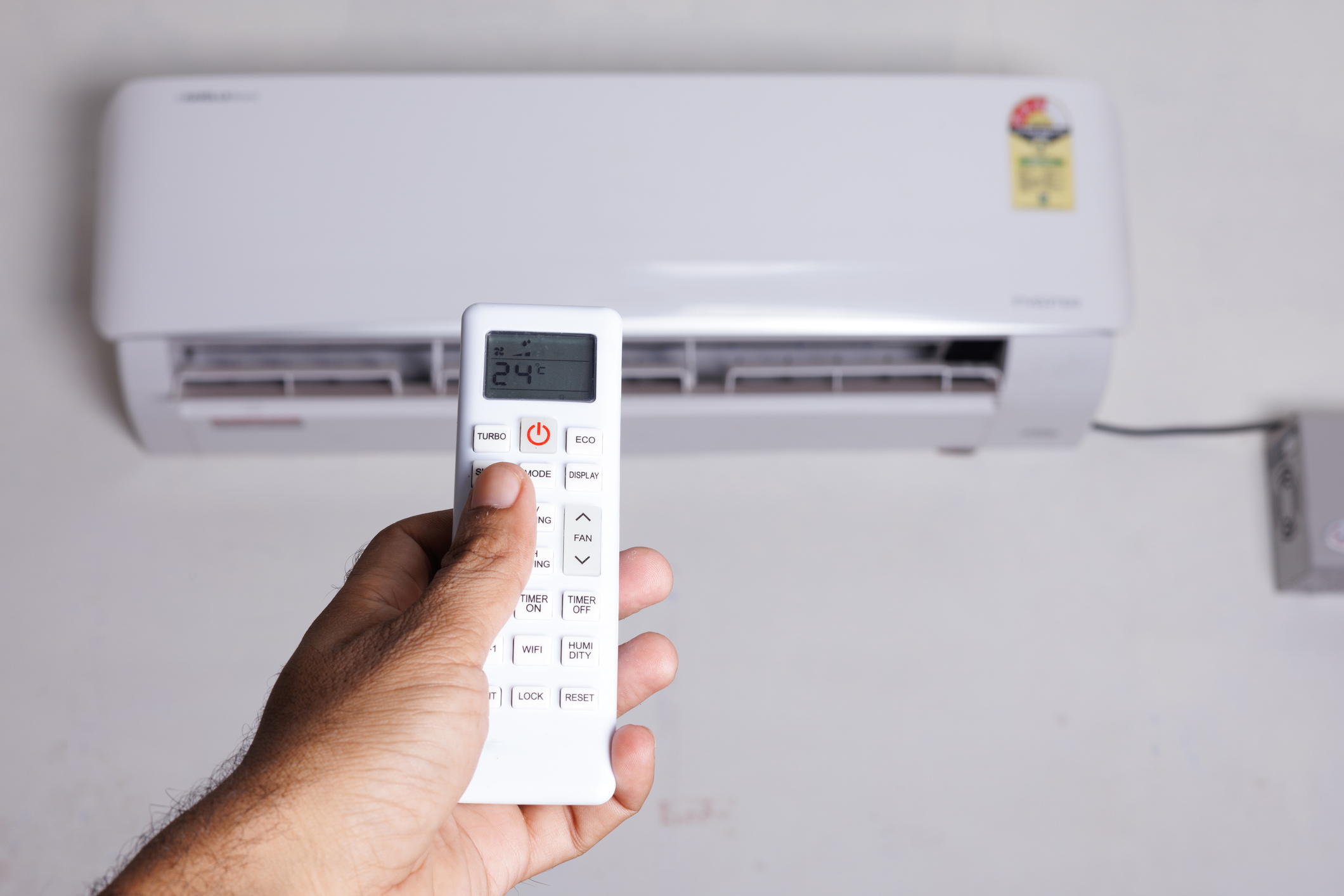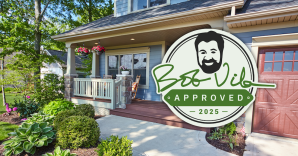

We may earn revenue from the products available on this page and participate in affiliate programs. Learn More ›
During the intense heat of the summer, some people crack their garage door open to help ventilate the space, but is this really a smart idea? While this seems like a simple solution, it’s far from effective or safe. We spoke to a couple of experts to find out if this is an outdated practice that people should avoid. “The minor cooling benefit is simply not worth the risk of pest infestation, security breaches, and other unforeseen issues,” says Rob Gabriele, home security expert at SafeHome.org in Los Angeles, California.
In this article, we’ll address the risks of keeping your garage door ajar and some safer, more effective solutions to cooling a garage.
Reasons Why You Should Not Leave Your Garage Door Cracked, No Matter the Temperature Outdoors
1. It compromises security.
Leaving your garage door ajar is an open invitation for burglars and thieves, warns Gabriele. If you store expensive equipment like golf clubs, skis, surfboards, and electronic equipment in your garage, you put them in a tempting and vulnerable spot. “These high-ticket items are prized by criminals, not to mention the garage is an easy access point into the home, where many more valuables are kept,” notes Gabriele. To boost security, keep your garage door closed when you’re not using the space and install smart locks, security cameras, and motion sensor lights.

2. It can attract pests.
Propping open your garage door just a few inches can allow pests and stray animals to sneak in and create a mess, damage your property, and even pose health risks. “Disease-carrying rodents like mice, rats, and squirrels can nest in your garage and get into your belongings,” says Gabriele. Also, watch out for stinging insects like hornets and wasps that gravitate to rafters and eaves. You could even see a snake slither into your garage to try to beat the heat. By keeping your garage door open for long periods of time, you also increase the chance that these pests get into your home through the garage.
3. It might expose children and pets to dangerous tools and chemicals.
An open garage door also means that anyone passing by, including neighborhood children and pets, can enter the space easily. Given that many homeowners store chemicals (such as paint and paint thinner) and power tools in their garage, this could pose a serious safety risk and lead to potential injuries. Kids and pets can even squeeze through a small gap in the garage door, so it’s better to close it completely if you’re not there to monitor activity.

4. It reduces privacy.
By keeping your garage door wide open, you also diminish your privacy at home. Everyone passing by can see exactly what you have sitting in your garage, which can make your home a target for theft. It also means that nosy neighbors know all about your belongings. It’s best to keep the garage door closed as much as possible to reduce any unwanted attention.
5. It can cause weather damage.
When your garage door is open, all types of weather conditions can affect its contents and materials. Rain, snow, humidity, and strong winds can cause damage like mold, flooding, and rust. “You might even encounter air quality issues from nearby wildfires, exhaust fumes from busy streets, and allergens like dust and pollen drifting in,” says Gabriele.
6. It might damage the garage door.
Leaving your garage door partially open can even damage the door since it increases the load on the motor and puts additional strain on the door’s opening mechanisms and tracks. Over time, this can cause these parts to wear out faster, leading to misalignment, broken springs, and destroyed rollers and cables—all costly repairs. This damage can result in malfunctioning sensors, difficulty opening or closing the door, or complete failure of the garage door.

Try These Solutions Instead
Fortunately, there are safer options when it comes to ventilating and cooling a garage. “Exhaust fans, window fans, and dehumidifiers are much better alternatives to leaving your garage door partially opened,” says Gabriele. “You can even get garage door vent panels that allow for better airflow but keep the pests and weather out.”
Cristi Pedotto, Trane Technologies portfolio director of residential ducted equipment, recommends installing a mini-split system to cool the garage. “The first thing you would need to do to keep your garage cool would be to insulate the walls and ceiling, and you may want to install insulated garage doors as well,” says Pedotto. “The second thing would be to install a ductless mini-split system. Most mini-split systems are also heat pumps, which will allow you to heat your garage as well.” She believes a mini-split air conditioner is the best option for garages because it requires no additional ductwork, is energy efficient, has a low installation cost, and helps dehumidify the space.
